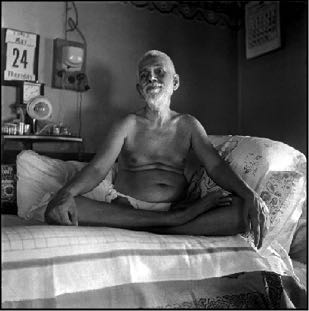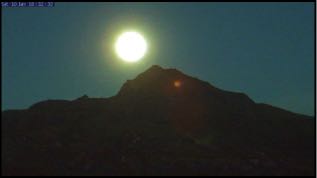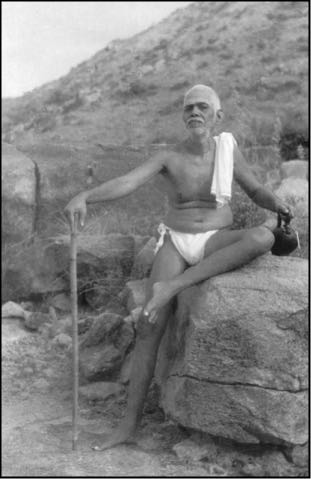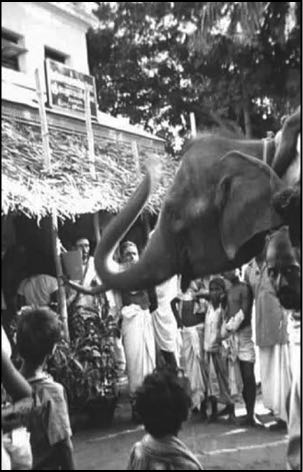



Spiritual-Teaching.org
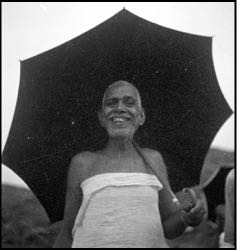
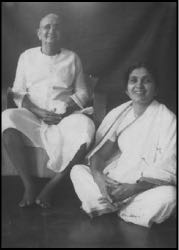
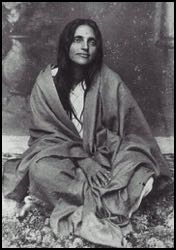
Introduction to Letters from Arunachala
Over the past quarter century, there has been an increased interest in
Bhagavan Sri Ramana Maharshi, his life and teachings as well as an explosion of
Indian pilgrims particularly around the full moon, who come to be blessed by the
sacred hill Arunachala. Bhagavan was drawn to this sacred hill as a boy and left
his childhood home at Madurai in 1896 to be at Tiruvannamalai where
Arunachala is situated. He stayed at various places near and on Arunachala
before he eventually settled down at the foot of the hill where the present-day
ashram grew around him, and he remained there steadfastly for the rest of his
mortal life. He left his physical body in 1950. When he was still a young man he
would often walk around the hill and he also composed songs in its praise.
Arunachala was his guru.
The following is a personal account of one with Western heritage
possessing an Eastern yearning heart, who came to Arunachala-Ramana
decades ago along with a steadily increasing trickle of other Westerners who felt
the call of Sri Ramana and the sacred hill.
The journey is also our journey, for we all travel along a well-defined
path in our efforts to understand who we are and, in this instance, be absorbed
in that embodiment of Grace and Love, Arunachala-Ramana.
My spiritual journey and the development of an understanding came
slowly over decades and now is shared with you. At times it was painful but I
would not have wanted it any other way for looking back I see how much was
learnt amid tribulation. This journey has not ended and I am still on the way. As
a devotee of Sri Ramana Maharshi, I have learned, as much as my capacity
allows, to trust that higher power which guides all of us if we but recognize and
surrender to it. I was incredibly lucky to come under the auspices of Sri
Ramana Maharishi. I could not wish for more for anyone.
As a young person, I read Somerset Maughan’s The Razor’s Edge. It
made a powerful impact on me and though it did not provide answers it showed
me that I was not alone in hungering for a greater understanding. This was a
great comfort for a lonely person. We all in our own ways are alone with our
thoughts and feelings which quite often are incommunicable and to know that
there are paths to self-understanding and peace and happiness, paths that
others are also seeking, is the ‘good news’.
For those who have studied the spiritual paths of various religious
traditions, several important universal truths exist. Among these are: a human
birth is rare and that we should use it to the best of our ability. Another truth is
that there is a way out of suffering and there are infallible methods by which a
person can be released from the wheel of samsara.
The intention of the following series of short articles is to assist readers
on their own spiritual journey. Each of us is unique and each has their own path
to travel. If we are true to ourselves, we are following our svadharma.
According to Hinduism, svadharma is our distinctive destiny that is moulded by
our past actions in a former life, what we expect to fulfil in this life and how
what we do today will affect our future. Chapter three, verse 35 of the
Bhagavad Gita states: “It is better to perform one’s own prescribed duties
imperfectly rather than to perform another’s duties perfectly. It is better to die
while performing one’s own duties, for executing the duties of another is
fraught with uncertainty.”
Often, we do not know what is our svadharma and many of us spend our
lives enquiring as to what is our purpose in life. Another way to put the question
is to ask what is the meaning of my life? Anyone who knows their purpose in
life in general or more especially in a certain circumstance can endure and find
meaning in almost any difficulty. An easy example is a mother who sees her
child in physical danger. She will immediately without thinking do whatever it
takes to save the child. This is svadharma. What is it in our own lives that
motivates us to protect and nurture all that is best in us? What are the demands
on us to which we seek answers that may be hard and unpalatable? It is our
svadharma driving us.
If we are fortunate, we come across a tradition or a teacher who can
correctly guide us. For those who seek guidance in the living teachings of
Bhagavan Sri Ramana Maharshi, we could not ask for more.
_______________________________________________________________
